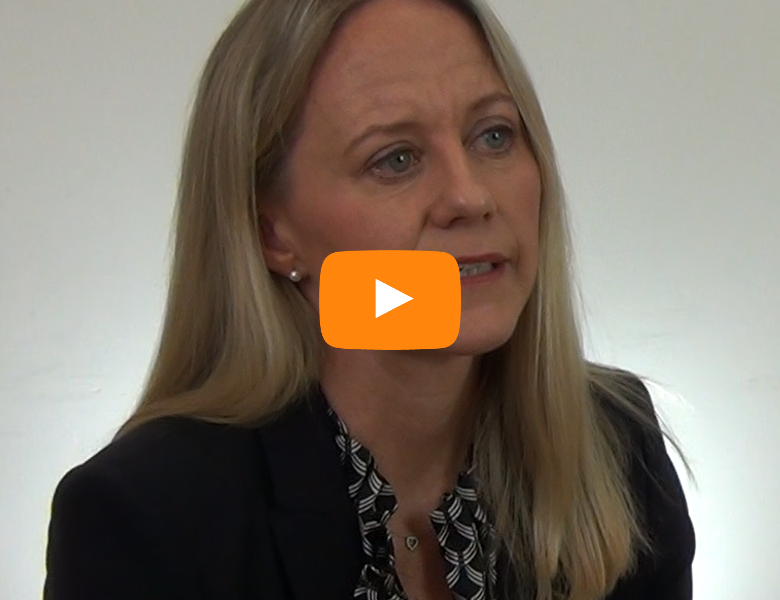Nothing about us without us!
Why patient engagement is essential throughout the entire product life cycle

This statement emphasises the increasing importance of patient engagement to pharma. In an era of increasing healthcare demands and funding pressures, evidence suggests that patient involvement in their own health can improve outcomes for patients, as well as provide efficiency savings for beleaguered healthcare systems. We have already seen a huge increase in levels of patient involvement with their own health, largely driven by technology. Six out of ten Europeans go online looking for health information, rising to almost eight out of ten for the 15-39 age bracket. Wearable technology and the ‘quantified self’ movement is increasing awareness and involvement further. But what is noticeable about current patient engagement with healthcare is that it predominantly involves commercially available drugs and services. What about earlier stages of development? In all other industries, product development is guided by insights from end users - why not the pharmaceutical industry?
Involving patients from the start
Patients can give valuable insights throughout the entire drug development life cycle, from preclinical studies to launch and beyond. Involving patients from the start of the development process can help to define research priorities and trial protocol, to ensure what matters most to patients is being assessed. This early input can make a big difference to the design, the endpoints and, ultimately, the outcomes of clinical trials. As Ruth Wilson, global patient relations and advocacy at Teva, said at the 2016 eyeforpharma Europe summit on patient engagement: “Patients told us: if we are the end product, we should be partners at the beginning, not just the end.” Teva is listening, having created a working group with patient associations to help define research priorities. Similarly, Novartis - which issued a patient declaration committing, among other things, to inviting patient input early on in their clinical trial process - recently invited people living with plaque psoriasis to attend a Patient Advisory Committee meeting and provide input on the design of a clinical trial and the measurement of outcomes. A number of specific recommendations will be incorporated into the final protocol.
The drug approval and market access phase is another good patient engagement opportunity for pharma. Regulators and payers increasingly want to see demonstration of value and outcomes to aid approval and reimbursement; the patient perspective can help to build the case for value beyond traditional measures. Meanwhile other stakeholders beyond pharma - such as health authorities - are taking note too. The FDA’s Patient Representative Program is an excellent example of bringing the patient voice to discussions about drug approvals in a systematic way.
A true seat at the table
Pharmaceutical companies should not undertake patient engagement in a token way that offers no real insight and has the potential to alienate patients. It must be a true long-term partnership between the company and patients. The following four steps are vital for good patient engagement:
1. Listen and learn
Pharma needs to enter patient engagement with the right mindset and attitude, particularly a willingness to genuinely listen to patients, and take the time to properly consider their input before deciding on the next steps.
2. Establish rules of engagement
It is vital to set very clear expectations for all parties upfront, for example with the aims of engagement and the format and regularity of contact.
3. Break down barriers
In many companies, internal barriers to patient engagement still exist. It is important to address any misconceptions and perceived barriers within the organisation, and proactively work with internal regulatory departments to find compliant solutions.
4. Secure company commitment
Internal buy-in from senior leadership is essential to instil belief throughout the organisation. It is also important to identify current and potential future ‘touchpoints’ with patients throughout all divisions/functions.
It is important to acknowledge that this doesn’t just require a shift from the pharma industry. To engage with pharma in all phases of the product life cycle, patient groups also need to develop their own capability and capacity, while maintaining their independence. Jan Geissler, EUPATI director, cited several barriers to engagement at a recent conference, including a lack of trust among all stakeholders, lack of mutual learning, silo-thinking and a lack of capacity and training among patient organisations.
Conclusion
Is patient engagement central to future innovation in pharma? Time will tell, but for sure its stock is rising. In a healthcare environment demanding better value for money, patients will be at the very centre of what value means. For the pharmaceutical industry, that means more than putting patients at the centre of their thinking - it means working with them side-by-side, from an earlier stage in development, at a deeper level, throughout the product life cycle.






